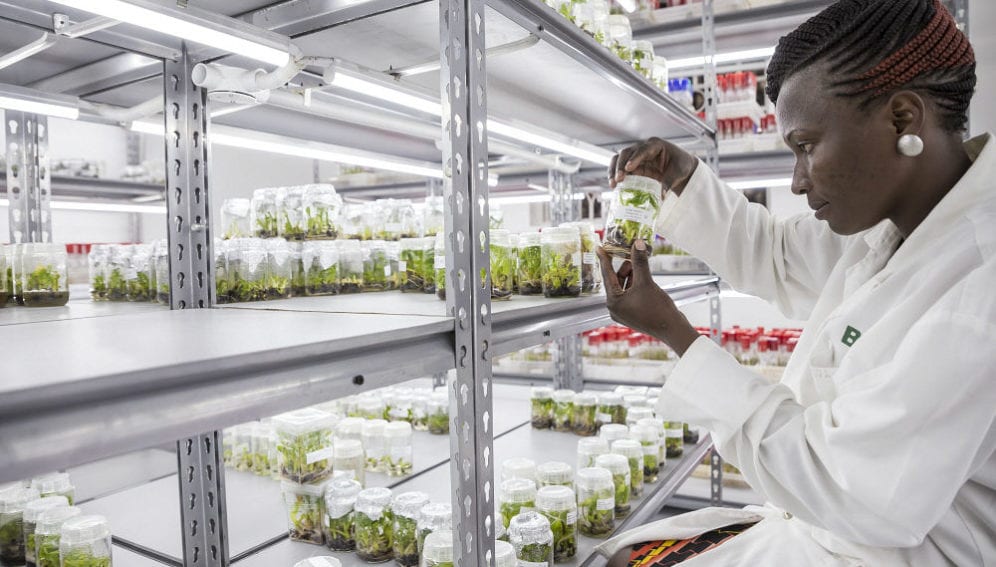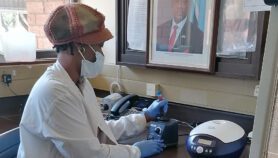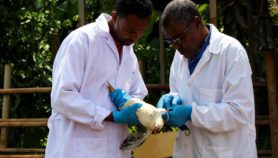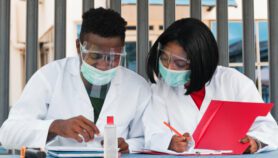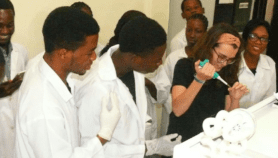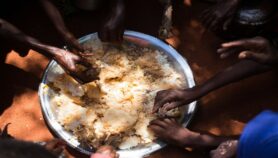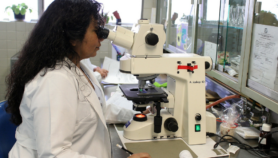Send to a friend
The details you provide on this page will not be used to send unsolicited email, and will not be sold to a 3rd party. See privacy policy.
Tom Kariuki is the director of the Alliance for Accelerating Excellence in Science in Africa (AESA), an initiative launched in 2015 by the African Academy of Sciences (AAS) and the New Partnership for African Development (NEPAD) Agency, which aims to help drive Africa's research agenda and build scientific capacity across the continent.
In an effort to support and sustain science, technology and innovation in Africa, an initiative called Coalition for Research and Innovation (CARI) was created in 2017.
According to Kariuki, African governments need to unlock more resources and prioritise investments that will deliver science and technology benefits to the continent. Because only 1.3 per cent of the money spent globally on research and development (R&D) is spent in Africa, he also emphasises the importance of getting funding from the private sector to complement the efforts of governments.
He hopes that the CARI — an alliance of African science leaders and international funders who have joined forces to catalyse investment in research and innovation — will create a well-funded science and innovation community led by Africans that will help more Africans lead better lives sooner.
“We have been trying to think about how we sustain the momentum for building research and innovation capacity in Africa.”
Tom Kariuki, The Alliance for Accelerating Excellence in Science in Africa
SciDev.Net spoke to Kariuki to find out more about the CARI during the 2018 AAAS Annual Meeting (15-19 February) in Austin, Texas in the United States.
What is the Coalition of African Research & Innovation (CARI)?
We have been trying to think about how we sustain the momentum for building research and innovation capacity in Africa. If you look at what has been happening in the last 20-30 years, there have been investments into African science, most of it coming from international funders.
In order for us to increase the momentum of that investment and get more partners involved, including more African governments to contribute to investment in science, technology and innovation, we felt there is the need to create a coalition that brings together all the key partners. These partners include international funders, governments, and civil societies or civil groups that are involved in supporting science and technology on the continent, businesses that have been successful in Africa and may want to contribute towards science.
The idea is to provide a platform that aids a single conversation about what the R&D priorities for Africa are, where limited resources should be best invested, and particularly how we can get the key players in Africa, especially in government, to invest more in science. The formation of the CARI was driven by two major objectives: identifying more resources for science in Africa and creating a forum for all the players to have a systematic collaboration of a single conversation about the priorities.
What is the significant shift that the CARI may bring to Africa?
If the CARI can unlock more money from governments, that will be significant. If the CARI can bring more people from the private sector, including more of the domestic businesses, to invest in science, the impact on R&D will be huge. And if the CARI can get international funders sitting at one table and having a common a plan for Africa that will be great, given that many of them have of course their own strategies.
How is the CARI addressing African governments’ low investments in R&D?
We are very active through the CARI and we already have started to speak to governments. Nelson Torto, the AAS executive director, has made this part of his three-year strategy to get more governments to spend more money on science and he has already been to missions in Egypt, Lesotho, Namibia, South Africa and Tanzania to convey this message.
“In the long-term, what we hope to see institutions that are very vibrant, so they will have very high levels of scientific productivity.”
Tom Kariuki, The Alliance for Accelerating Excellence in Science in Africa
Governments can directly invest in their own research programmes in their countries. They can also partner up with us —the AAS — and make investments through the AAS to help drive Africa's research agenda.
What anticipated impacts will the CARI bring to African lives and wellness?
First of all, I think it’s important to emphasise that none of this is going to change overnight. This is going to be a long journey and we keep making this point to our partners. We keep telling them that we know it’s difficult for them to make long-term decisions and sometimes they can make only three or five-year cycles of funding available, but they have to understand that this is going to take 15-20 years before we can start seeing some impact.
Products coming out of those places could become part of the national research ecosystem with supporting improvements in health or food production, or directly impacting on energy needs of the country. That’s the long-term impact we hope to see.
Q&A interviews are edited for clarity and brevity.


